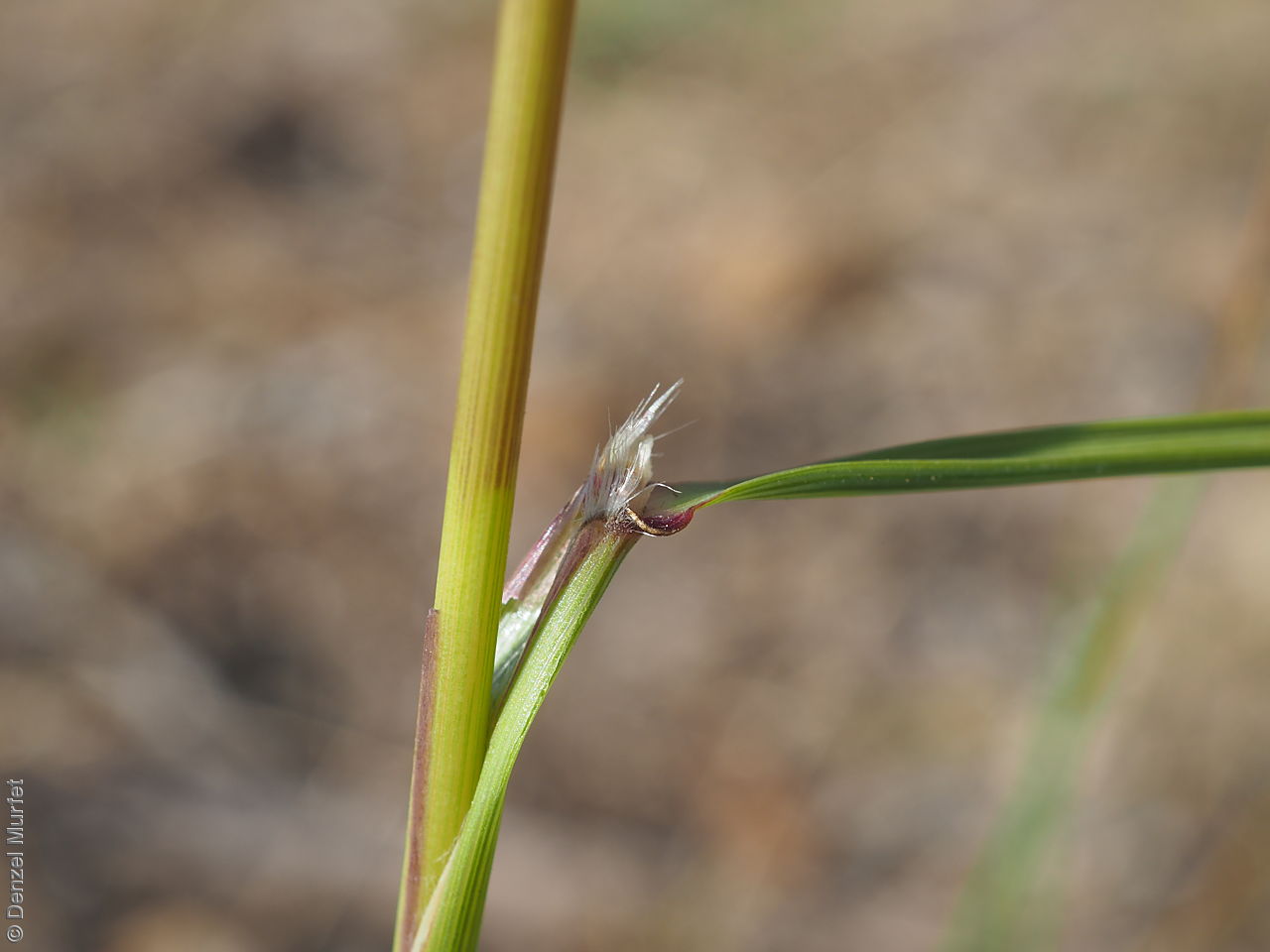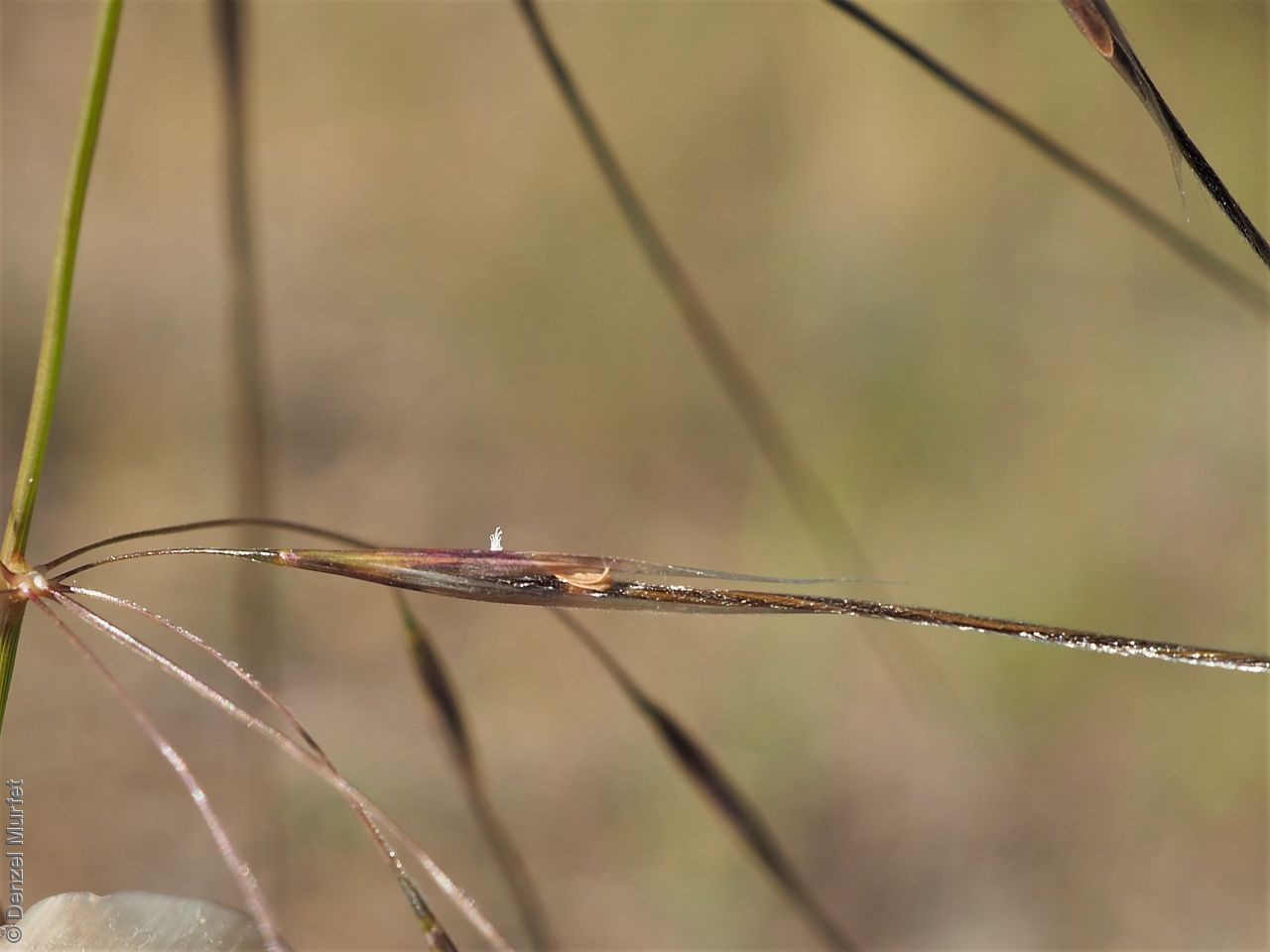

















Prior names
Stipa eriopus
Stipa scabra var. occidentalis
Stipa scabra var. pubescens
Stipa leptophylla
Stipa incurva
Stipa tenuifolia
Etymology
Austrostipa from the Latin 'auster' meaning south and the genus Stipa, referring to the genus being allied to Stipa but restricted to Australia. Tenuifolia from the Latin 'tenuis' meaning tough or wiry and 'folium' meaning a leaf; referring to its stiff narrow leaf-blades.
Distribution and status
Found on the Eyre Peninsula, Mount Lofty Ranges, the Murray and the upper South-east in South Australia, growing sandy soils in grassland or grassy woodland associated with Callitris or Allocasuarina. Also found in Western Australia and Victoria. Native. Rare in South Australia. Very rare in Victoria. Common in Western Australia.
Herbarium regions: Eyre Peninsula, Northern Lofty, Murray, Yorke Peninsula, Southern Lofty, South Eastern, Green Adelaide
NRM regions: Adelaide and Mount Lofty Ranges, Eyre Peninsula, Northern and Yorke, South Australian Murray-Darling Basin, South East
AVH map: SA distribution map (external link)
Plant description
Tufted perennial grass to 1 m high with unbranched erect culms and nodes often hidden within sheaths. Leaves smooth to scabrous, occasionally with scattered, short, stiff hairs; sheaths often purplish; leaf blade loosely to tightly inrolled, to 25 cm long and 1.5 mm diameter; lobe at base of leaf blade with dense long white hairs. Inflorescence a sparse or dense, contracted panicle to 35 cm long, with long purplish glumes to 20 mm long for lower and 18 mm for upper. Flowering between October and December.
Key to this species: awn falcate (curved bristle at right angle to the column); lemma narrow and needle-like; column pubescent, sturdy 0.3-0.4 mm wide near base; glumes long to 20 mm; lemma long 7-9 mm; awn long 70-120 mm, very strongly falcate; auricle dense long white hairs. Fruits are brown linear-elliptic lemma to 9 mm long with granular surface and covered with white to pale-tan hairs, usually sparser toward the apex; callus to 3 mm long; awn strongly falcate to 120 mm long with pubescent column. Seeds are yellow-brown narrow ellipsoid grain to 3.5 mm long within the lemma. Seed embryo type is lateral.
Seed collection and propagation
Collect seeds between November and January. Use your hands to gently strip the seeds (lemma) off the mature fruiting spike, those that are turning brown. Mature seeds will come off easily compare to the immature seeds that remain on the spike. Alternatively, you can break off the whole fruit spike to allow some of the seeds to mature further. Place the seeds/spike in a tray and leave to dry for two weeks. No further cleaning is required if only seed collected. If seed spikes collected, use hand to strip off the mature seeds. Store the seeds with a desiccant such as dried silica beads or dry rice, in an air tight container in a cool and dry place. Viability of grass seeds could be very variable, depending on time of seed collections and seasonal conditions.